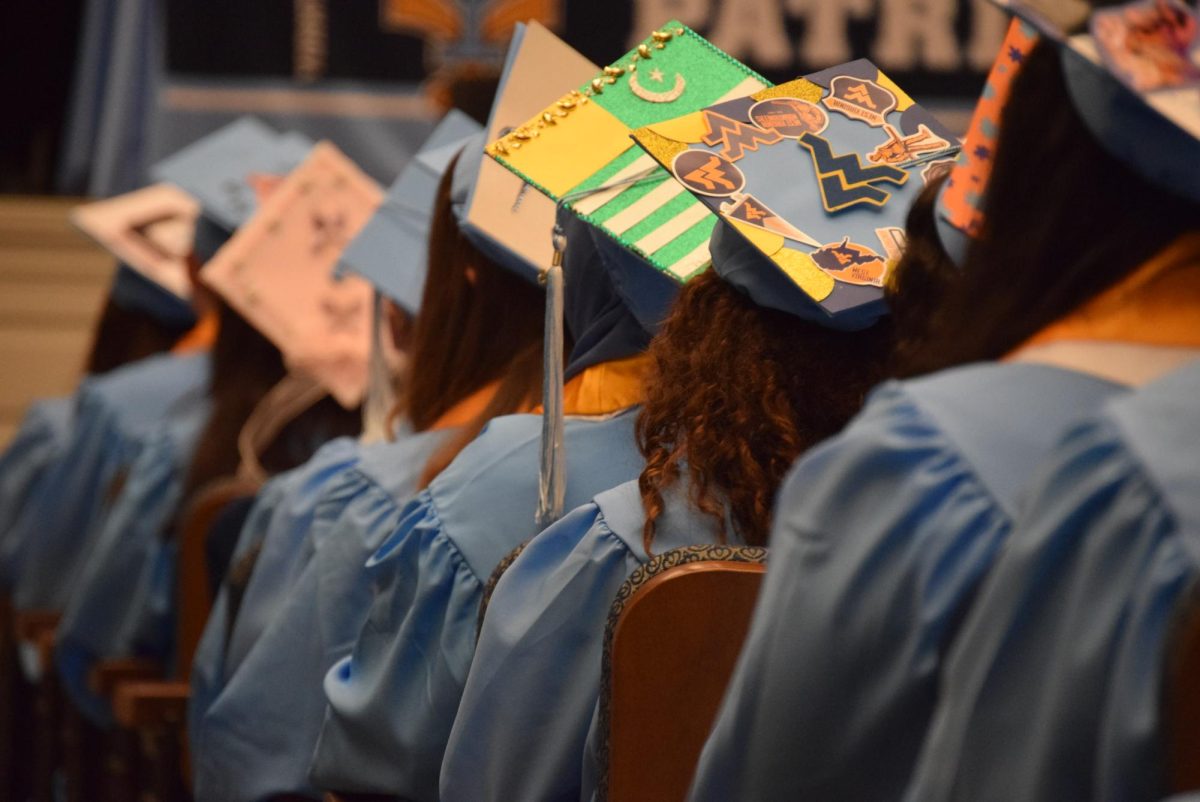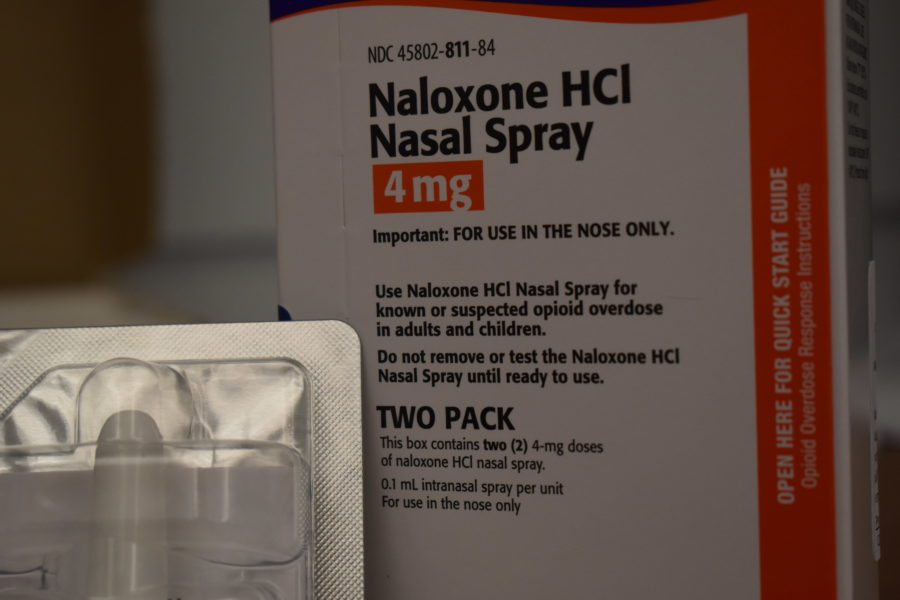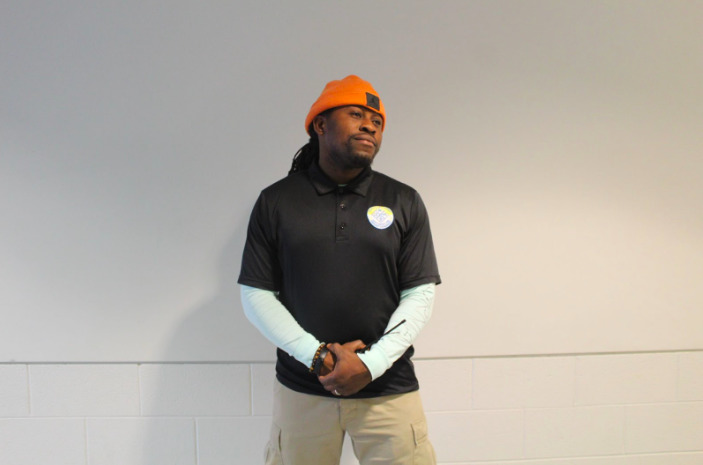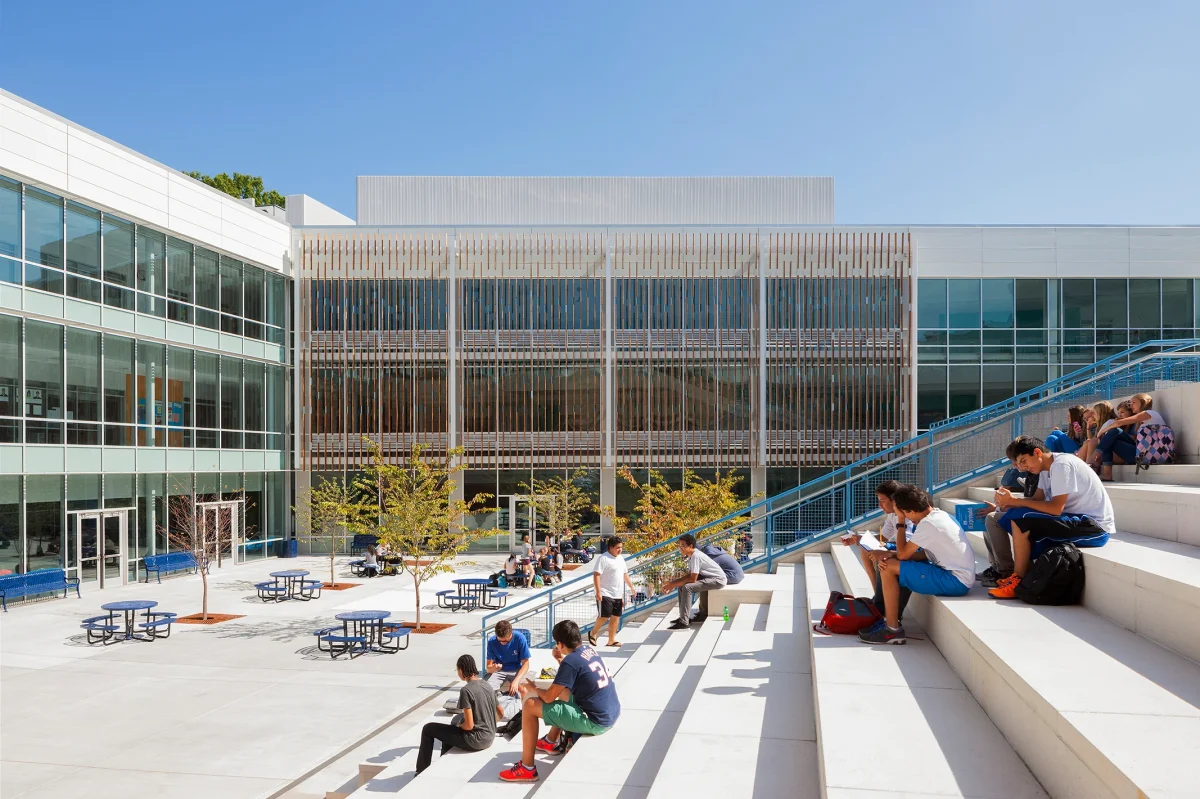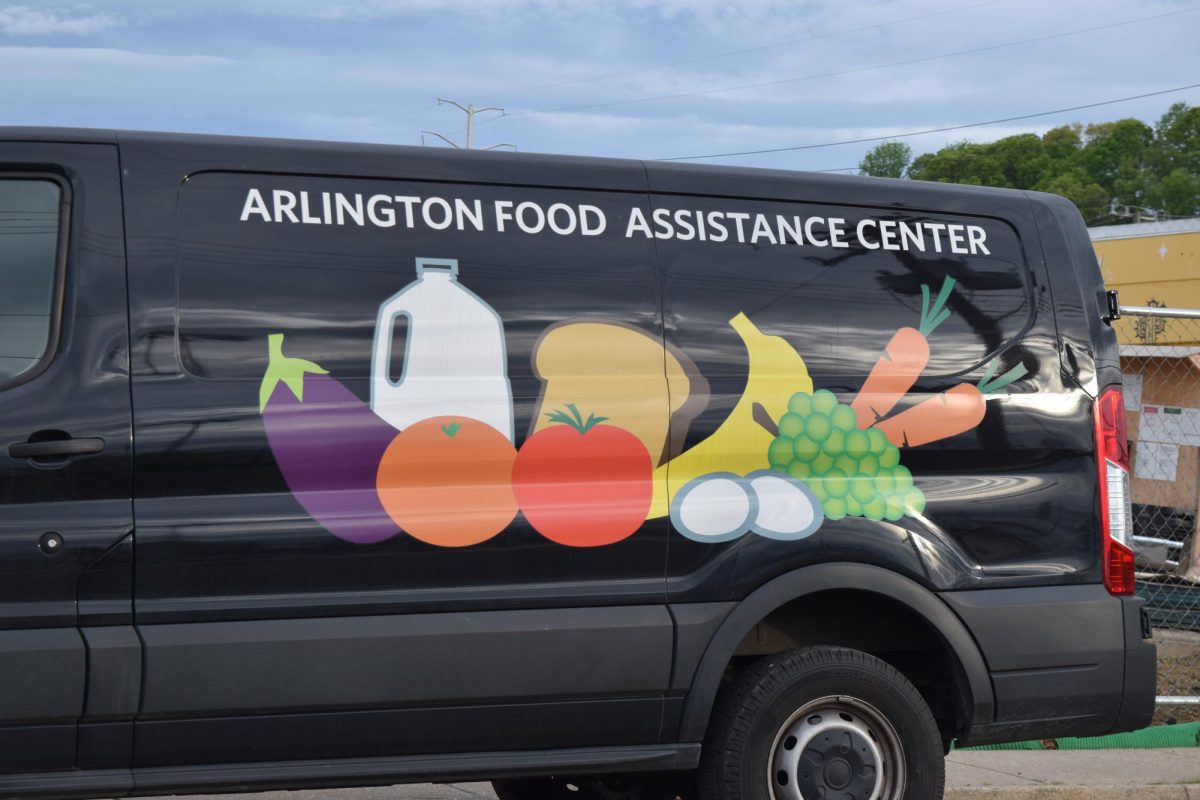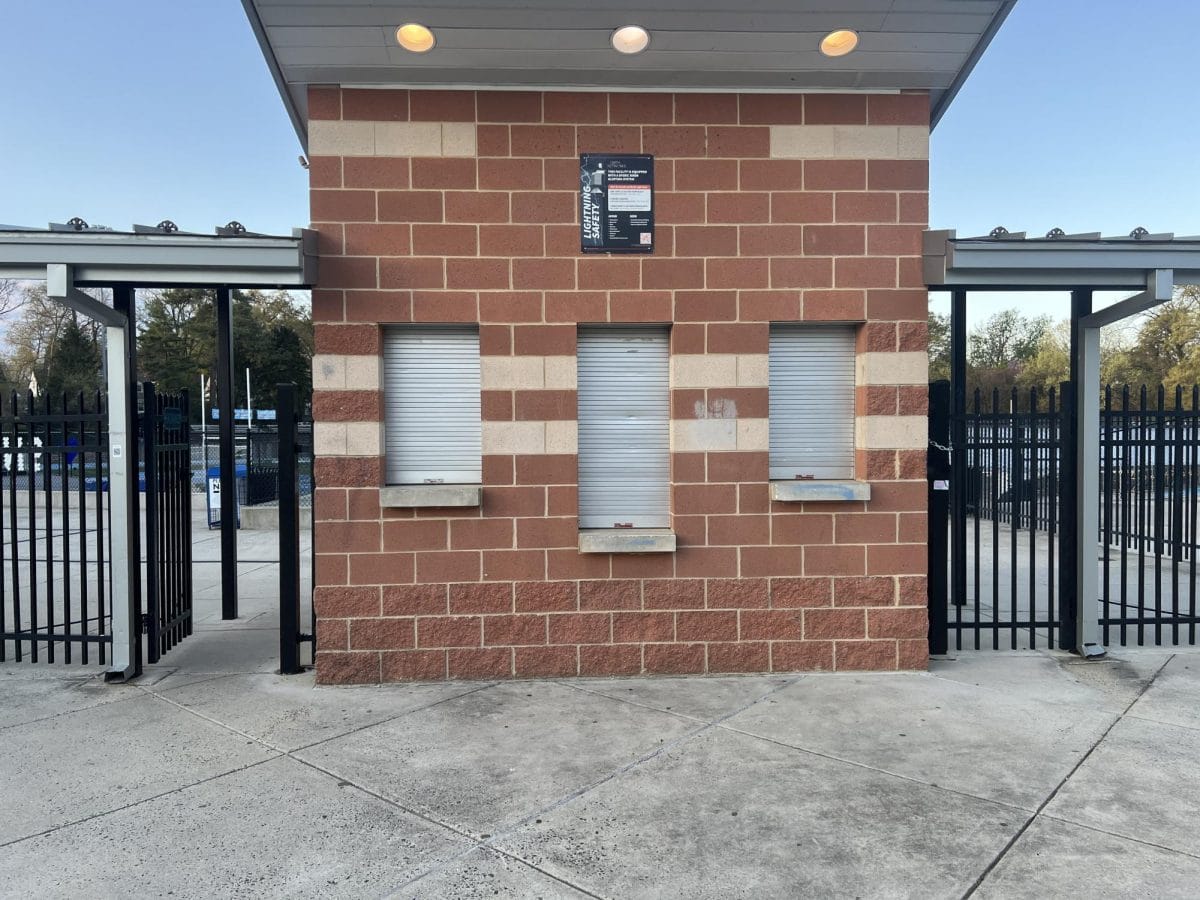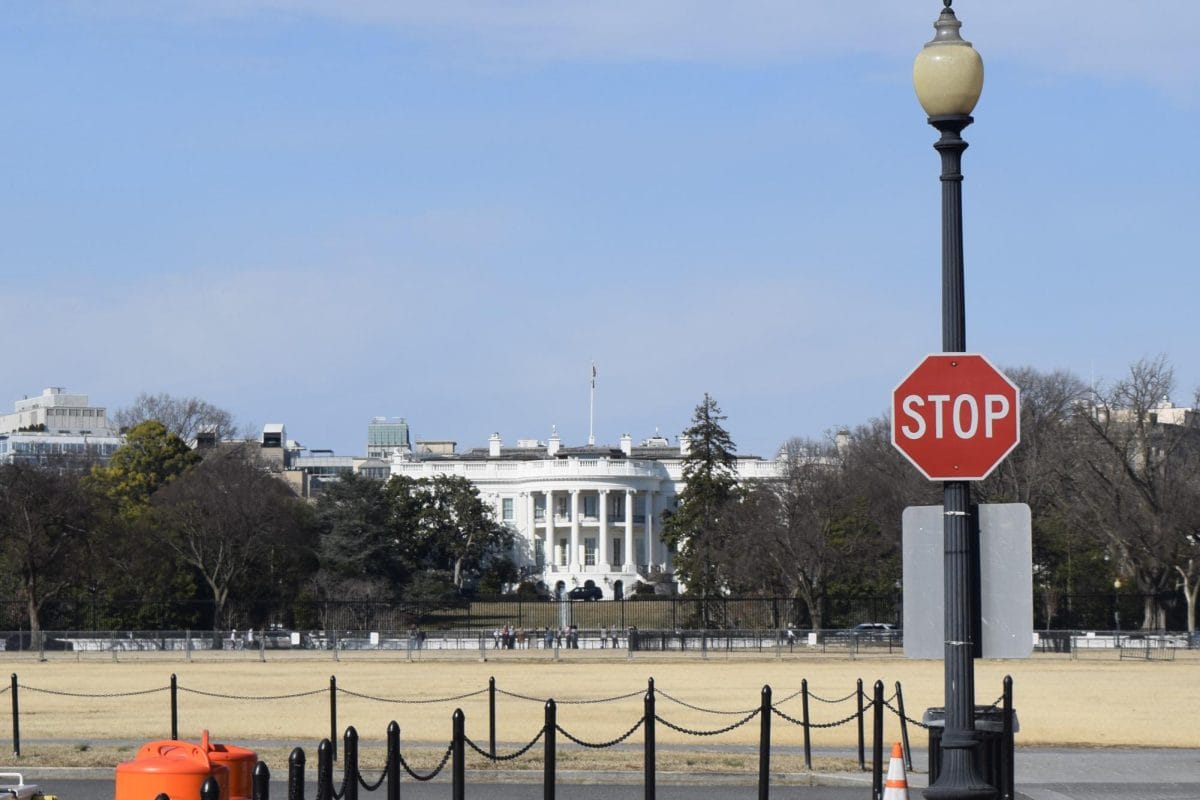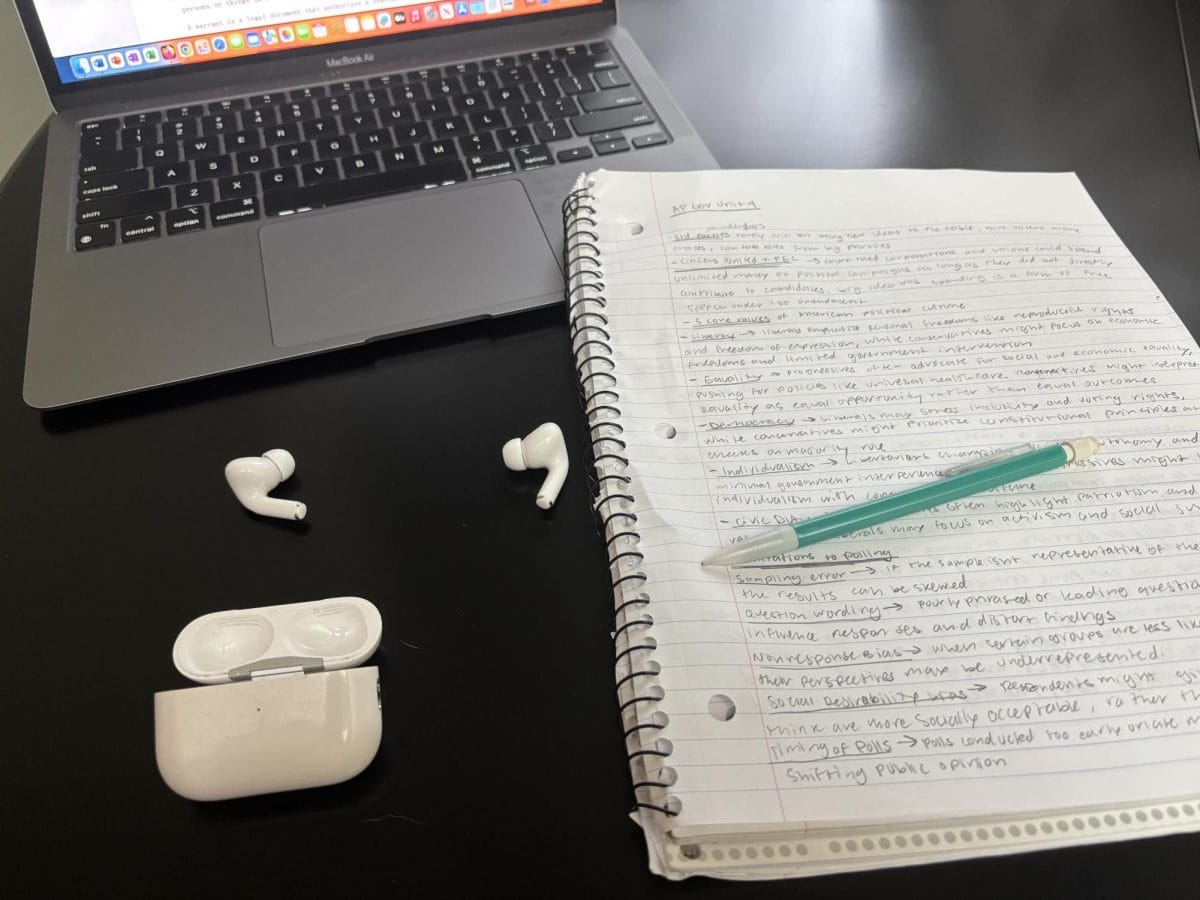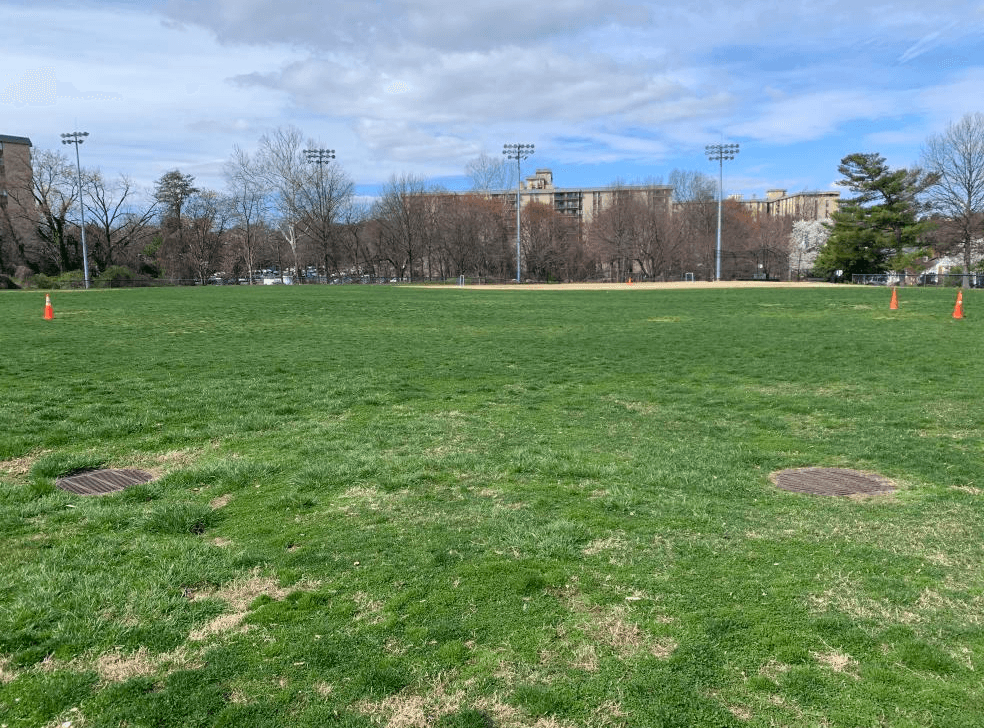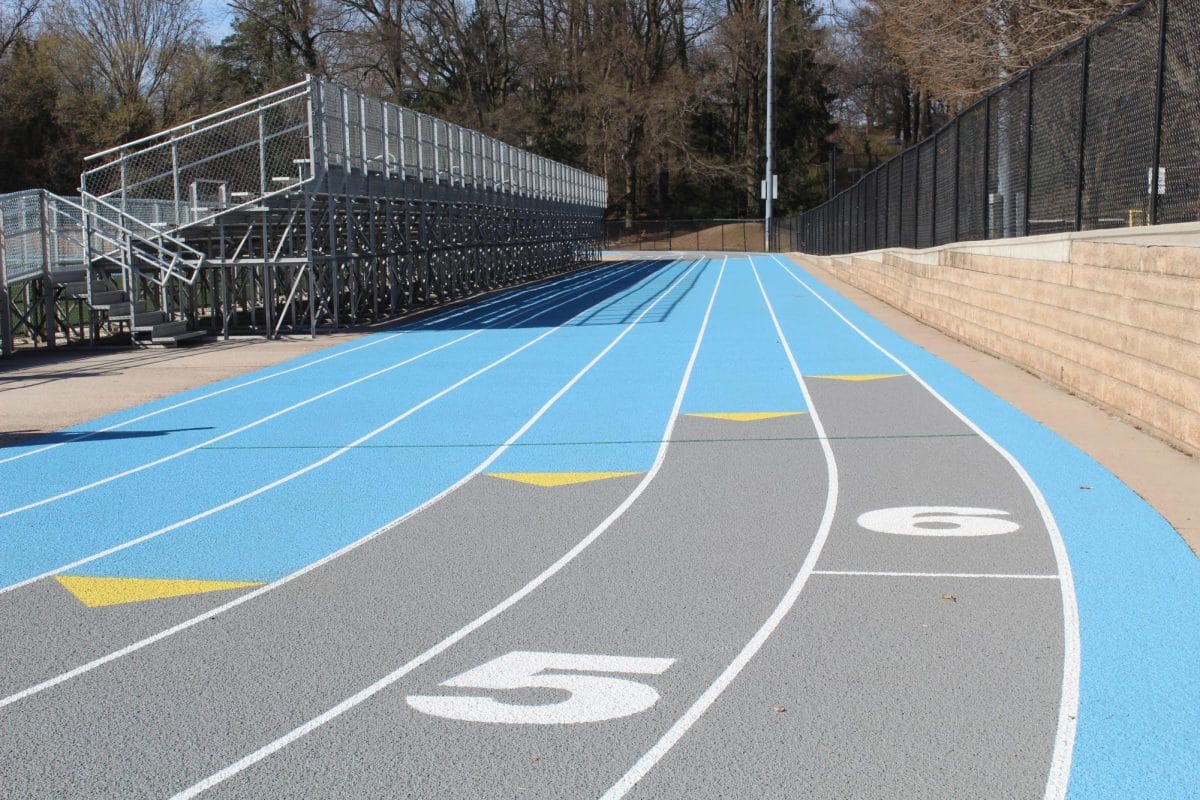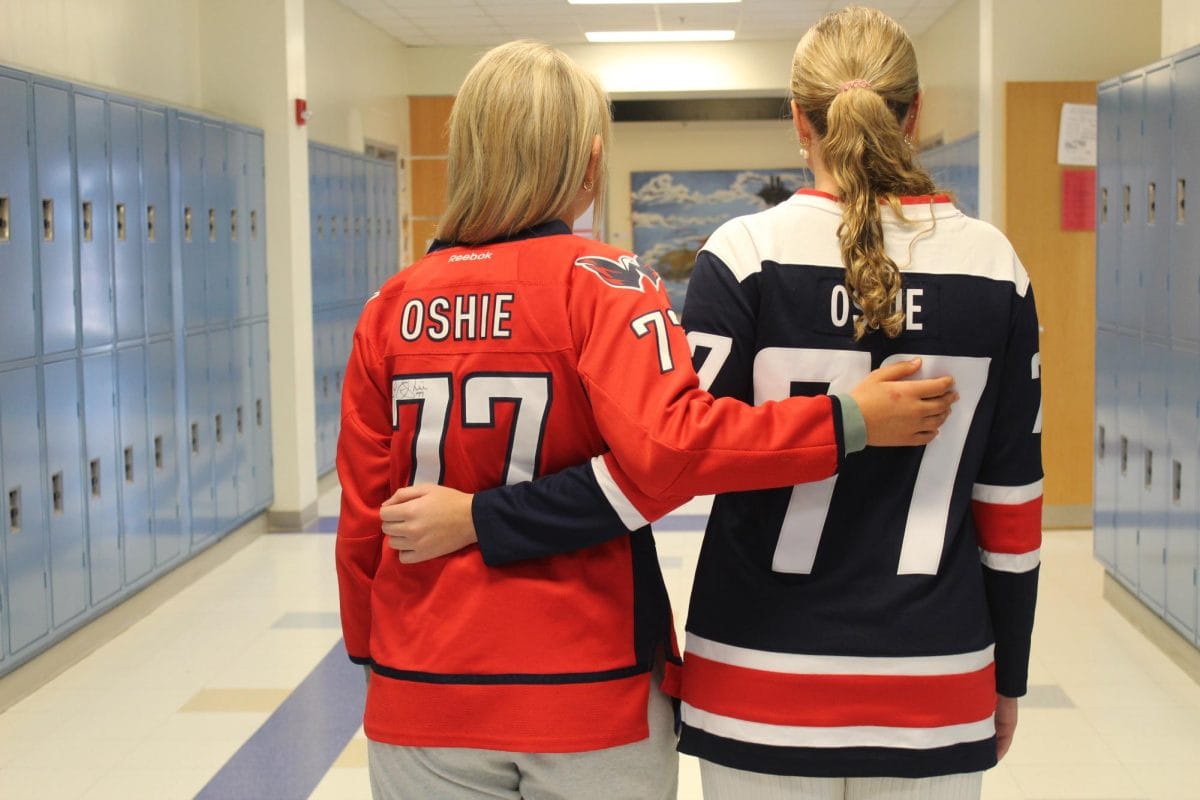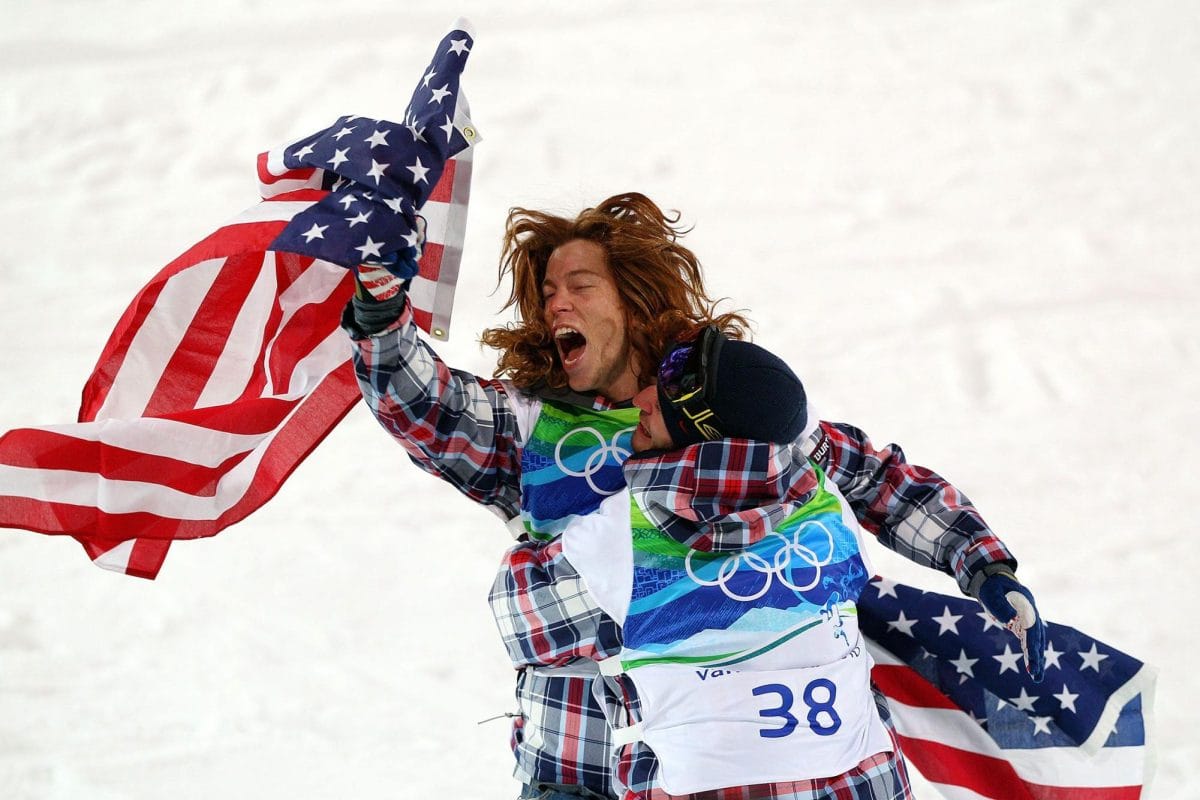Anterior Cruciate Ligament (ACL) tears are one of the most dreaded injuries of high school athletes. With a recovery time that stretches to nine months, victims are stuck on the sidelines and put through a grueling recovery process that tests both the athlete’s mental and physical capacity. In hopes of reducing this injury, experts are currently looking into the root causes and how tears may be preventable. Their studies show that multiple factors may put athletes at a higher risk including gender, previous injury history and the surface that you play on.
Rose Nabors, a sophomore at Washington-Liberty High School (W-L), tore her ACL about six months ago. Last spring, she was playing for her school’s junior varsity soccer team in a scrimmage when she blocked a shot and felt her knee pop out of place. Nabors was able to walk it off and dismissed the moment. She then went to her club team practice, where she attempted to play again.
“I was passing around and I just heard a loud snap, and I couldn’t walk anymore,” Nabors said.
Later, MRI results would show that Nabors had partially torn her ACL in the scrimmage and then fully torn it when she continued to play at her club practice.
Statistically, females tear their ACL about five times more than males because their hamstrings tend to be weaker and their ACL tissue tends to be thinner. Furthermore, soccer players have one of the highest tear rates among high school athletes, so Nabors was already at a high risk. However, several other contributing factors may have made her more susceptible to injury.
Studies by the National Center for Health Research show that ACL tears occur 1.6 times more on turf than they do on grass. On natural surfaces, cleats move more freely, which decreases the excess force that goes back up the leg on impact. Turf restricts the movement of cleats, which forces the impact back up the leg and makes athletes increasingly prone to injuries.
Both fields that Nabors was playing on when she got injured were turf. The W-L field where Nabors partially tore her ACL had actually been renovated recently in an attempt to reduce the injuries for the high school athletes playing there.
In the renovation, the county was testing the use of a completely organic infill material and replacing the synthetic turf layer. Infill is like the dirt of a synthetic field; it is made of sand-like pellets that are integrated into the turf’s surface to give it more structure. The new organic infill material was created to mimic the quality of the natural ground and reduce the excess force on athletes upon impact.
However, three student athletes tore their ACL on the W-L field shortly after the renovation, demonstrating how the organic infill wasn’t successful and may have actually increased the risk of injury. This shows how much is unknown about injury prevention and how more research is needed.
Sophia Kang, a sophomore at Lake Braddock Secondary School, tore her ACL about five months ago. Like Nabors, Kang tore her ACL on a turf field while playing high school soccer.
Because ACL tears in girls high school soccer players are so common, doctors have developed the best course of treatment for this specific demographic. ACL surgeons often offer two types of surgery: hamstring tendon autograft and quadriceps tendon autograft. Nabors was shown that the quadriceps tendon autograft would be best for her and why.
“Hamstrings on girls are weaker, so they don’t use hamstring grafts,” Nabors said.
Doctors are also developing physical therapy programs targeting student-athletes with ACL tears. After surgery, recovery focuses on regaining the range of motion and mobility of the knee. As the patient progresses, they move on to strength training with particular emphasis on regaining quad and hamstring strength. Before the athlete returns to play, they do impact drills to ensure their knee is ready and fully healed. Even when they are cleared to begin practicing again, the reintegration process is long and tedious, because it is important to ease back into the sport to decrease the chance of re-injury.
Injury to the ACL is one of the most common and feared injuries for high school athletes. With the rise of this injury in girls soccer players, more preventative measures are being taken. Professionals have noticed that these measures are not as effective as intended and work to further develop their knowledge.


